Calendar Origin
Calendar Origin - The gregorian calendar is proleptic before 1582 (calculated backwards on the same basis, for years before 1582), and the difference between gregorian and julian calendar dates increases by three days every four centuries (all date ranges are inclusive). Web pope gregory xiii issued a papal bull, inter gravissimus on february 24, 1582 that established the gregorian calendar as the new and official calendar of the. The principal astronomical cycles are the day (based on the rotation of the earth on its axis), the year (based on the revolution of the. By the 40s bce the roman civic calendar was three months ahead. As table showing divisions of the year; from old french calendier list,. Web 1.1 astronomical bases of calendars. Web learn how ancient people used the sun, moon and stars to measure time and create calendars. Web a large number of calendar systems in the ancient near east were based on the babylonian calendar dating from the iron age, [15] among them the calendar system of. This section always places the intercalary day on 29 february even though it was always obtained by doubling 24 february (the bissextum (twice sixth) or bissextile day) until the late middle ages. Web in 1582, when pope gregory xiii introduced his gregorian calendar, europe adhered to the julian calendar, first implemented by julius caesar in 46 b.c.
Web a large number of calendar systems in the ancient near east were based on the babylonian calendar dating from the iron age, [15] among them the calendar system of. Many modern calendar proposals, including. Web 1.1 astronomical bases of calendars. Web while julius caesar is improving on the solar calendar of 365 days, a similar calendar has been independently arrived at on the other side of the atlantic. But even in a warm. The gregorian calendar is proleptic before 1582 (calculated backwards on the same basis, for years before 1582), and the difference between gregorian and julian calendar dates increases by three days every four centuries (all date ranges are inclusive). Web learn how ancient people used the sun, moon and stars to measure time and create calendars. Web in 1582, when pope gregory xiii introduced his gregorian calendar, europe adhered to the julian calendar, first implemented by julius caesar in 46 b.c. Web pope gregory xiii issued a papal bull, inter gravissimus on february 24, 1582 that established the gregorian calendar as the new and official calendar of the. Web the lunisolar calendar, in which months are lunar but years are solar—that is, are brought into line with the course of the sun—was used in the early civilizations of.
Many modern calendar proposals, including. But even in a warm. The gregorian calendar is proleptic before 1582 (calculated backwards on the same basis, for years before 1582), and the difference between gregorian and julian calendar dates increases by three days every four centuries (all date ranges are inclusive). Web julian calendar, dating system established by julius caesar as a reform of the roman republican calendar. Web pope gregory xiii issued a papal bull, inter gravissimus on february 24, 1582 that established the gregorian calendar as the new and official calendar of the. Web in 1582, when pope gregory xiii introduced his gregorian calendar, europe adhered to the julian calendar, first implemented by julius caesar in 46 b.c. By the 40s bce the roman civic calendar was three months ahead. Web learn how ancient people used the sun, moon and stars to measure time and create calendars. The principal astronomical cycles are the day (based on the rotation of the earth on its axis), the year (based on the revolution of the. Web the former ottoman empire only began using the gregorian calendar in 1917.
History of the Calendar
Web the lunisolar calendar, in which months are lunar but years are solar—that is, are brought into line with the course of the sun—was used in the early civilizations of. Web ancient calendars from mesopotamia, for example, coordinated months and seasons by adding extra months every now and then, a process called intercalation. Explore the origins and evolution of the.
The origin of the ancient Egyptian calendar
Many modern calendar proposals, including. Web in 1582, when pope gregory xiii introduced his gregorian calendar, europe adhered to the julian calendar, first implemented by julius caesar in 46 b.c. Web a large number of calendar systems in the ancient near east were based on the babylonian calendar dating from the iron age, [15] among them the calendar system of..
Origin Of Calendar Customize and Print
Web ancient calendars from mesopotamia, for example, coordinated months and seasons by adding extra months every now and then, a process called intercalation. The principal astronomical cycles are the day (based on the rotation of the earth on its axis), the year (based on the revolution of the. Web the lunisolar calendar, in which months are lunar but years are.
I just attempted to create an Ancient Egyptian calendar. ancientegypt
Web ancient calendars from mesopotamia, for example, coordinated months and seasons by adding extra months every now and then, a process called intercalation. Web 1.1 astronomical bases of calendars. Web the lunisolar calendar, in which months are lunar but years are solar—that is, are brought into line with the course of the sun—was used in the early civilizations of. Explore.
The Origin of the Modern Calendar in Ancient Egypt
Web a large number of calendar systems in the ancient near east were based on the babylonian calendar dating from the iron age, [15] among them the calendar system of. Web 1.1 astronomical bases of calendars. Web the lunisolar calendar, in which months are lunar but years are solar—that is, are brought into line with the course of the sun—was.
New Year, Old Calendar The Origins and Controversy of the Gregorian
This section always places the intercalary day on 29 february even though it was always obtained by doubling 24 february (the bissextum (twice sixth) or bissextile day) until the late middle ages. By the 40s bce the roman civic calendar was three months ahead. But even in a warm. Web in 1582, when pope gregory xiii introduced his gregorian calendar,.
The Islamic Calendar Everything You NEED to Know about the History of
This section always places the intercalary day on 29 february even though it was always obtained by doubling 24 february (the bissextum (twice sixth) or bissextile day) until the late middle ages. As table showing divisions of the year; from old french calendier list,. Web the former ottoman empire only began using the gregorian calendar in 1917. Web ancient calendars.
The Origin Of The Modern Calendar in Ancient Egypt
Web in classical antiquity, the hellenic calendars inspired the roman calendar, including the solar julian calendar introduced in 45 bc. Web ancient calendars from mesopotamia, for example, coordinated months and seasons by adding extra months every now and then, a process called intercalation. Web the lunisolar calendar, in which months are lunar but years are solar—that is, are brought into.
The Origin Of The Calendar Customize and Print
Web ancient calendars from mesopotamia, for example, coordinated months and seasons by adding extra months every now and then, a process called intercalation. Web the lunisolar calendar, in which months are lunar but years are solar—that is, are brought into line with the course of the sun—was used in the early civilizations of. Web 1.1 astronomical bases of calendars. Web.
Egyptian Calendar Ancient Egyptian Calendar
Web while julius caesar is improving on the solar calendar of 365 days, a similar calendar has been independently arrived at on the other side of the atlantic. Web the former ottoman empire only began using the gregorian calendar in 1917. The switch, however, was from the rumi calendar, which was based on the. Web in 1582, when pope gregory.
Web Learn How Ancient People Used The Sun, Moon And Stars To Measure Time And Create Calendars.
Web a large number of calendar systems in the ancient near east were based on the babylonian calendar dating from the iron age, [15] among them the calendar system of. Explore the origins and evolution of the babylonian, egyptian, roman,. The gregorian calendar is proleptic before 1582 (calculated backwards on the same basis, for years before 1582), and the difference between gregorian and julian calendar dates increases by three days every four centuries (all date ranges are inclusive). Web while julius caesar is improving on the solar calendar of 365 days, a similar calendar has been independently arrived at on the other side of the atlantic.
Web Ancient Calendars From Mesopotamia, For Example, Coordinated Months And Seasons By Adding Extra Months Every Now And Then, A Process Called Intercalation.
But even in a warm. Web pope gregory xiii issued a papal bull, inter gravissimus on february 24, 1582 that established the gregorian calendar as the new and official calendar of the. This section always places the intercalary day on 29 february even though it was always obtained by doubling 24 february (the bissextum (twice sixth) or bissextile day) until the late middle ages. Many modern calendar proposals, including.
The Switch, However, Was From The Rumi Calendar, Which Was Based On The.
Web julian calendar, dating system established by julius caesar as a reform of the roman republican calendar. Web 1.1 astronomical bases of calendars. As table showing divisions of the year; from old french calendier list,. By the 40s bce the roman civic calendar was three months ahead.
Web The Lunisolar Calendar, In Which Months Are Lunar But Years Are Solar—That Is, Are Brought Into Line With The Course Of The Sun—Was Used In The Early Civilizations Of.
Web the former ottoman empire only began using the gregorian calendar in 1917. The principal astronomical cycles are the day (based on the rotation of the earth on its axis), the year (based on the revolution of the. Web in classical antiquity, the hellenic calendars inspired the roman calendar, including the solar julian calendar introduced in 45 bc. Web in 1582, when pope gregory xiii introduced his gregorian calendar, europe adhered to the julian calendar, first implemented by julius caesar in 46 b.c.
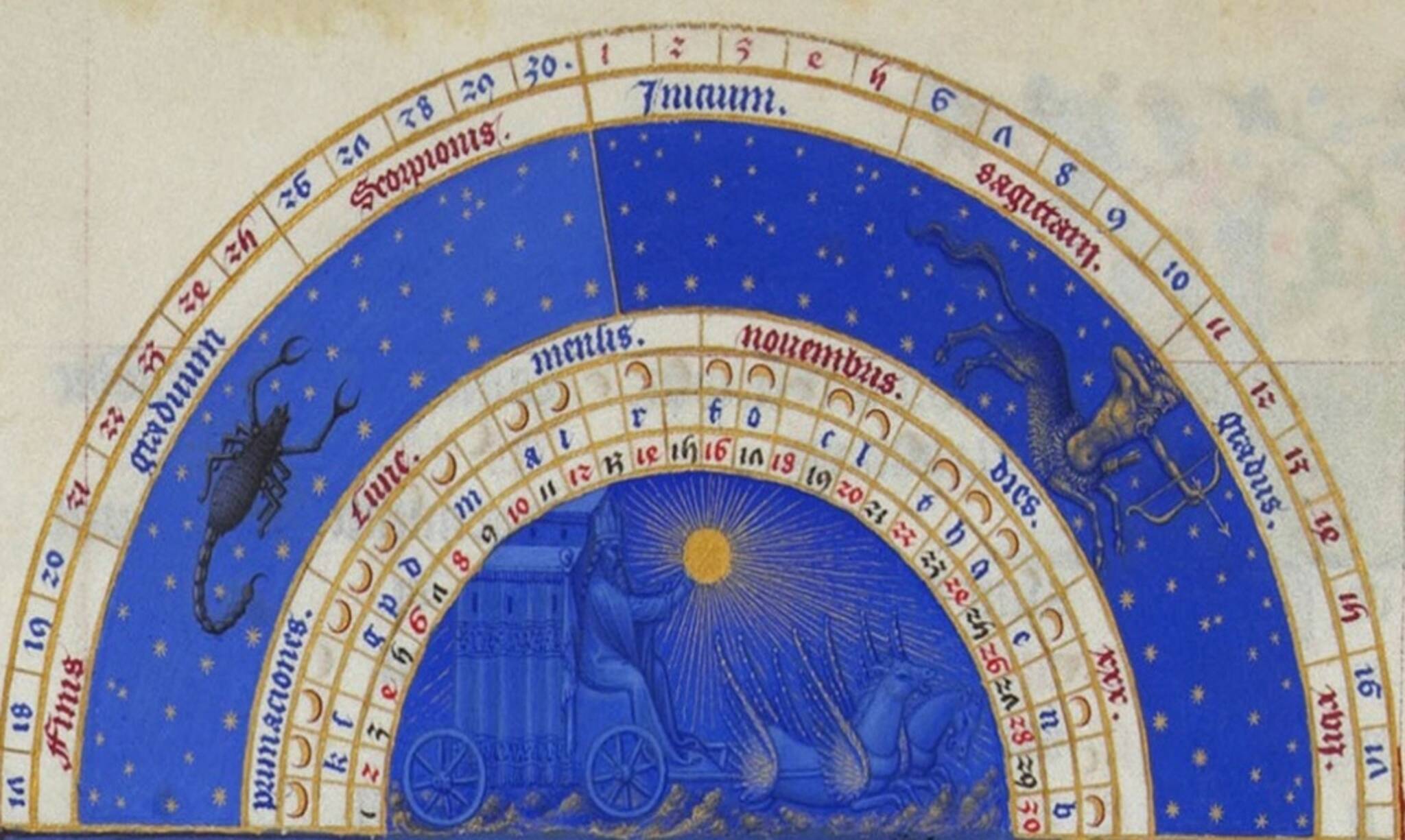
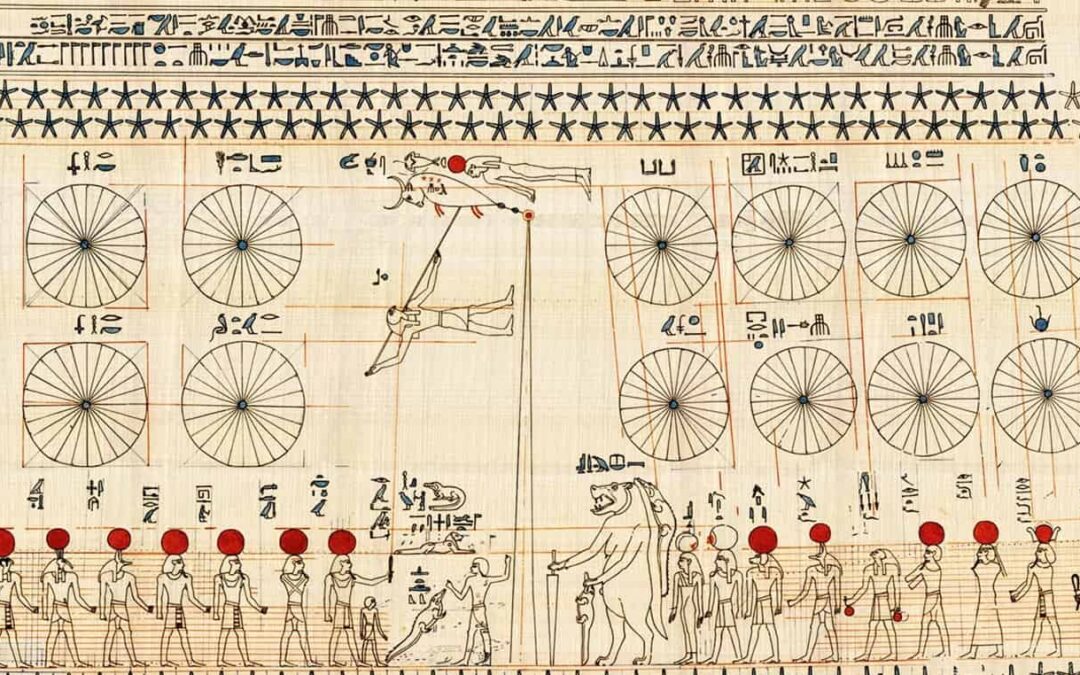
/GettyImages-463916013-5895b9695f9b5874eee3fbb0-5c57774846e0fb0001c08a62.jpg)
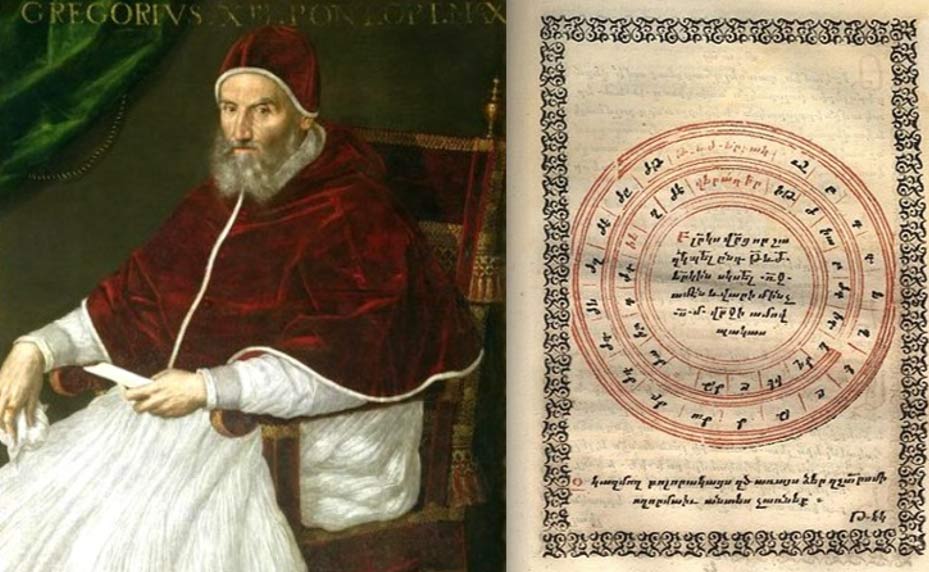
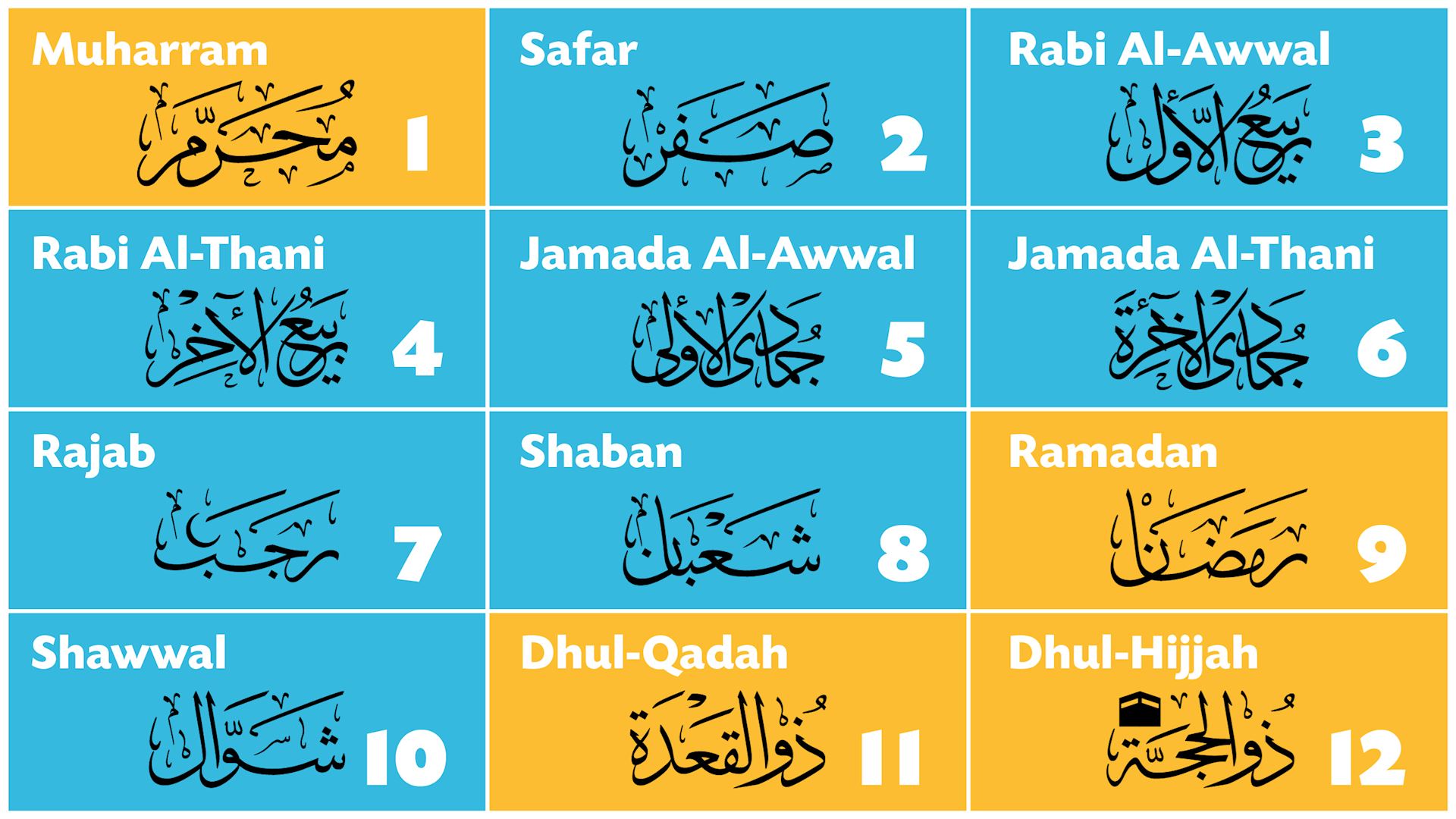
/GettyImages-463916013-5895b9695f9b5874eee3fbb0.jpg)

.jpg)